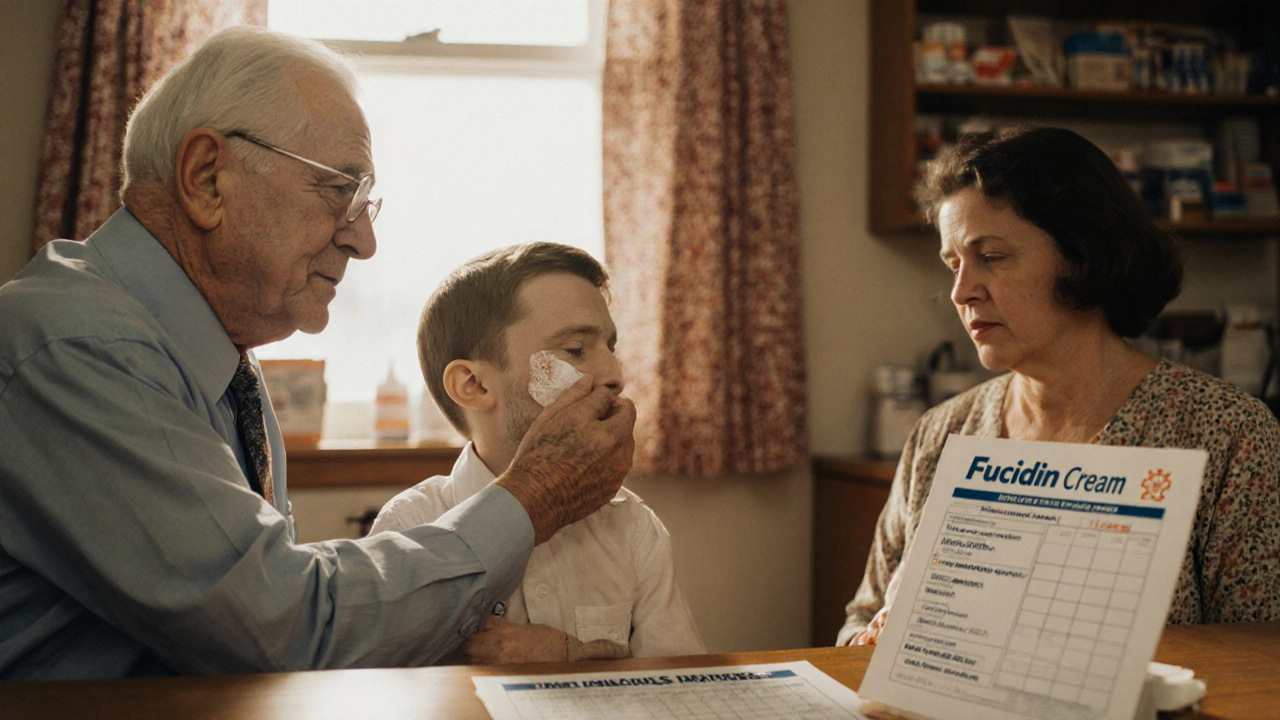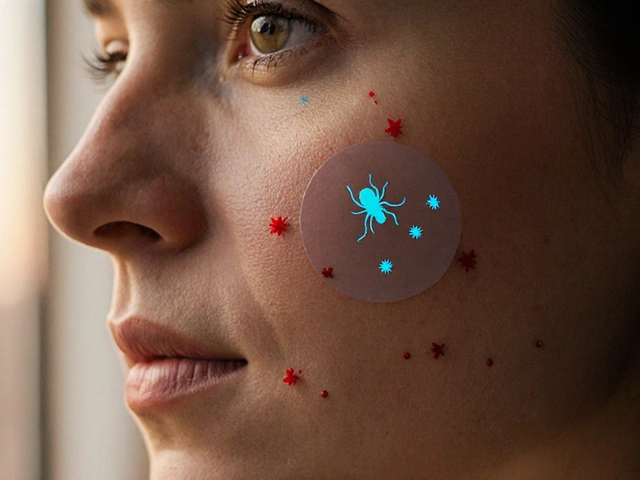Antibiotic Cream: What It Is, How It Works, and What Works Best
When you get a small cut, scrape, or burn, your skin becomes vulnerable to bacteria. That’s where antibiotic cream, a topical medication applied directly to the skin to kill or slow bacteria causing infection. Also known as topical antibiotics, it’s one of the most common first-aid tools in homes, clinics, and pharmacies. Unlike oral antibiotics that travel through your whole body, antibiotic cream works right where you need it—on the surface of the skin. It’s not meant for deep wounds or serious infections, but for everyday scrapes, blisters, and minor cuts that could turn infected if left untreated.
Not all antibiotic creams are the same. The most common one you’ll find over the counter is neomycin, a broad-spectrum antibiotic often mixed with polymyxin B and bacitracin to cover more types of bacteria. But some stronger versions, like mupirocin, a prescription-strength cream used for stubborn infections like impetigo, need a doctor’s note. Mupirocin targets specific bacteria like MRSA, which can be resistant to other treatments. You’ll also see creams with bacitracin alone—cheaper, less likely to cause allergic reactions, but not as powerful against all bugs.
Using antibiotic cream correctly matters. A thin layer over the cleaned wound is enough. Too much won’t make it work faster—it just wastes product and can irritate your skin. Don’t use it on large areas, deep cuts, or inside your nose unless your doctor says so. And never keep it around for "just in case." Antibiotic creams expire, and using an old tube might not help at all. Some people think applying it to every little scratch prevents infection, but your skin has its own defenses. Overuse can lead to resistant bacteria, making future infections harder to treat.
Antibiotic cream isn’t the only option for wound care. For many minor injuries, plain petroleum jelly works just as well—keeps the area moist, helps healing, and blocks germs without adding drugs. If you’re prone to allergic reactions, you might react to neomycin. That’s why some doctors now recommend skipping antibiotic creams unless there’s clear signs of infection: redness, swelling, pus, or warmth around the wound.
People use antibiotic cream for different reasons: parents on kids’ scraped knees, nurses treating bedsores, athletes with turf burns, or diabetics managing foot ulcers. But the science behind it is simple: stop bacteria from multiplying before they take over. If the wound looks worse after a couple days, or if you develop a fever, that’s not a job for cream anymore. That’s when you need to see a doctor.
Below, you’ll find real comparisons and guides from people who’ve used these products—what worked, what didn’t, and what to avoid. Whether you’re looking for the safest option for a child, the most effective for a stubborn rash, or how to tell if you even need it at all, these posts give you straight answers without the fluff.
Fucidin Cream vs Alternatives: What Works Best for Skin Infections
Fucidin Cream (fusidic acid) is a common treatment for bacterial skin infections, but rising resistance means alternatives like mupirocin and retapamulin may work better. Learn when to use each option and what to do if Fucidin fails.
Read





